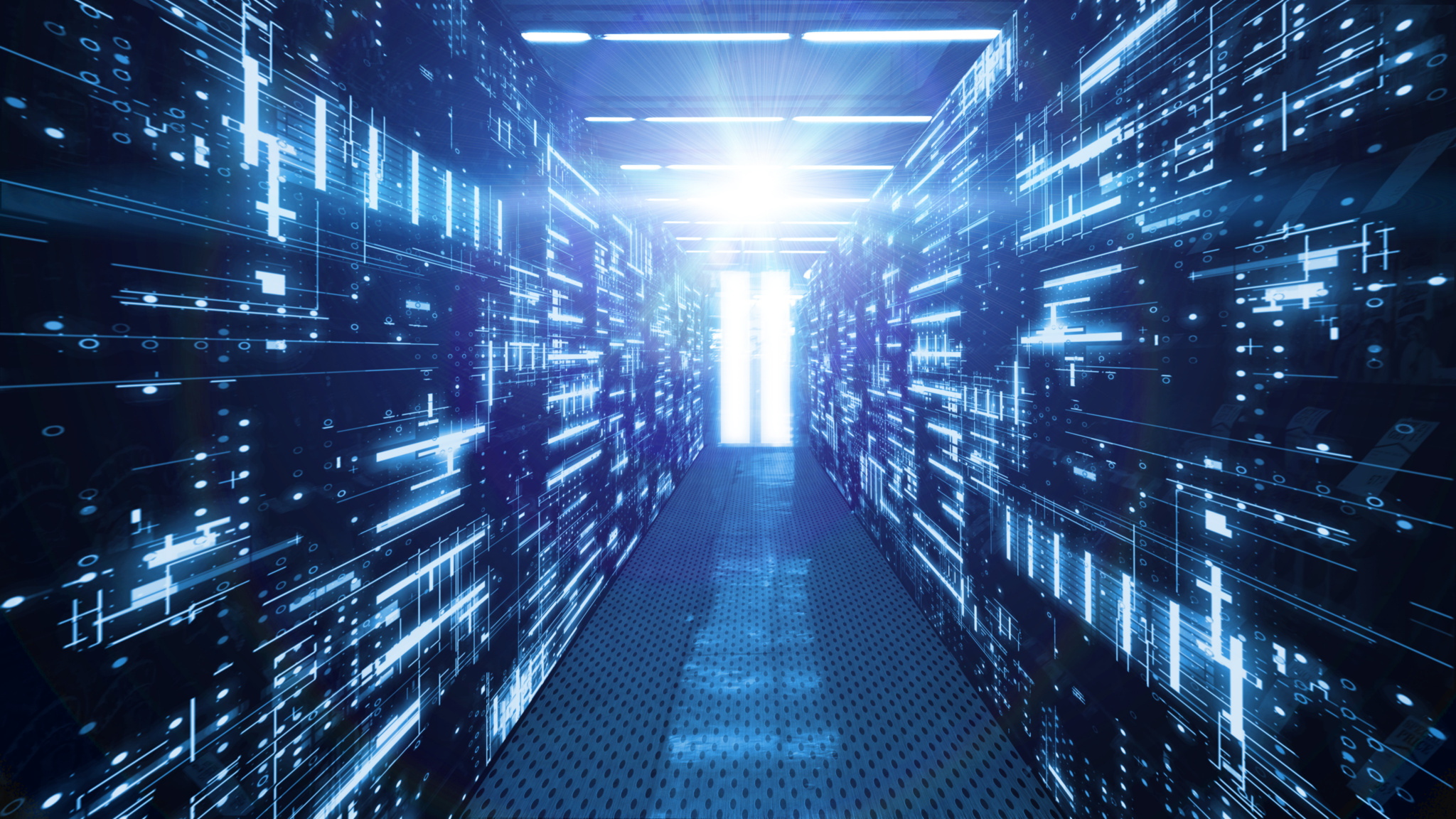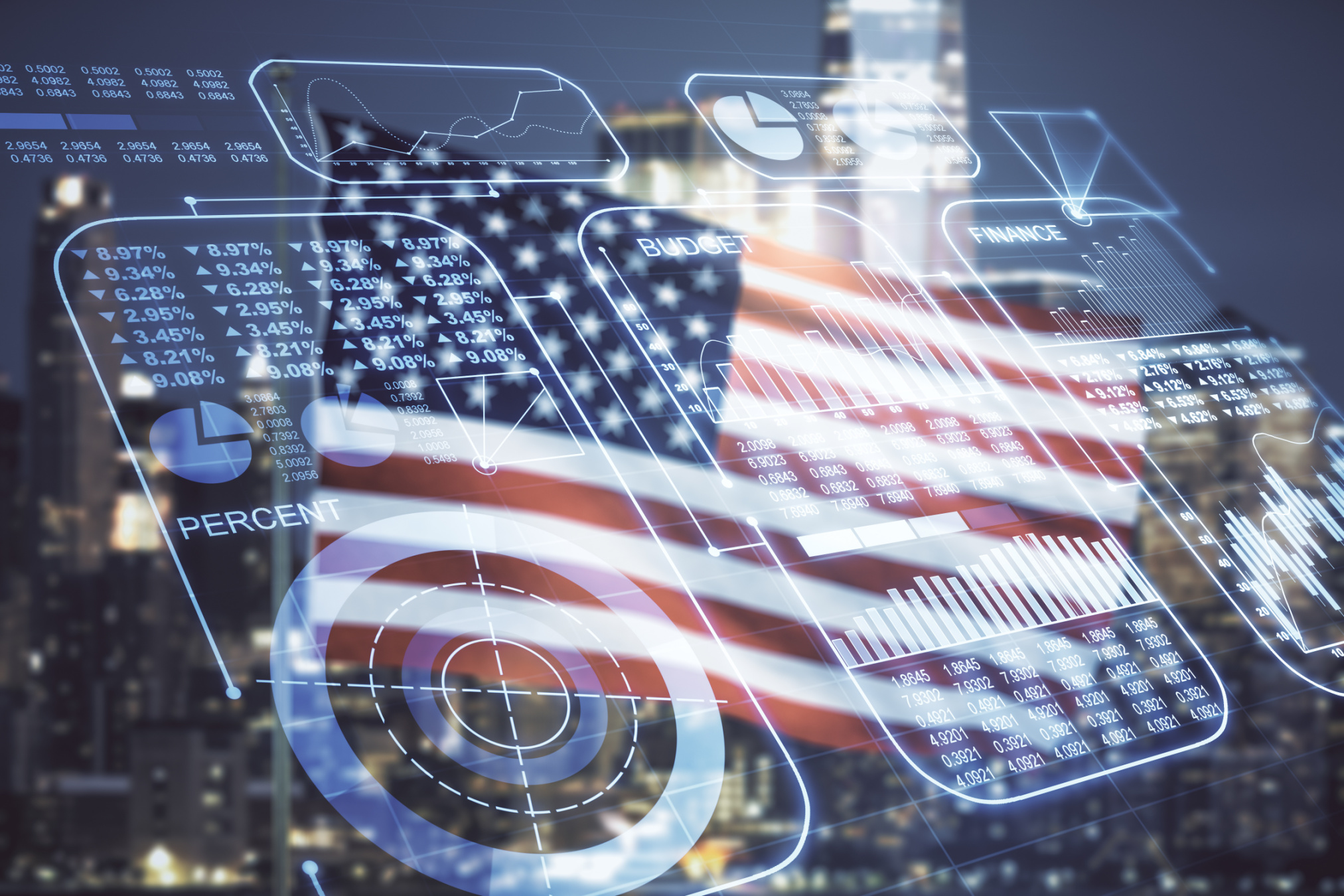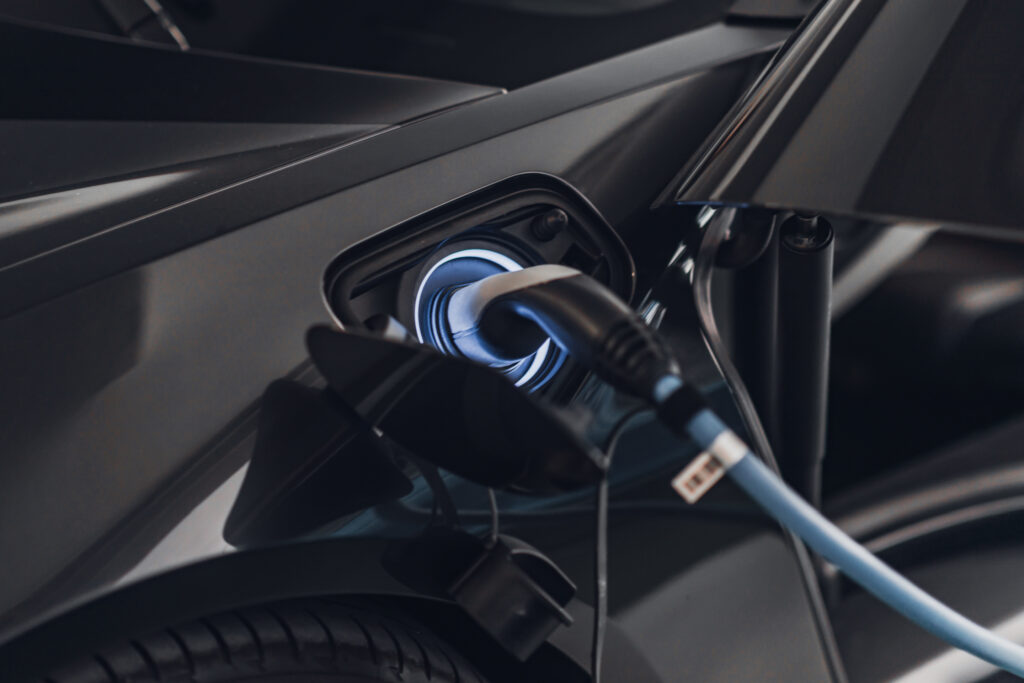Data Centers: The Silent Energy Guzzlers Driving Up Your Bills – Are Policymakers Ignoring the Costs?

As our nation’s economy has transitioned from agrarian-based, through the Industrial Revolution, and now to a largely technology-based economy, the drivers of those economies have appropriately changed as well. Gone largely are plowshares and draft horses as well as smoke stacks and smelters. What drives our technology-based economy now is energy – mainly electric energy – and policymakers must start considering the cost implications of this new economic era for Americans.
As we know, a technology-based economy aims to harness the power of technology to drive economic growth, create jobs, and improve living standards. It’s a strategy that leverages technological advancements to increase productivity, foster innovation, and develop new industries. Essentially, it focuses on using technology as a catalyst for economic development and societal progress. And at the core of technology is data – the collection, analysis, and deployment of information to achieve those goals. And that data has to be stored somewhere. Enter the data centers.
But as we all know, there is no free lunch; progress comes at a cost. It’s society’s job – citizens, their governments and markets – to ensure that the costs don’t outweigh the benefits. Certainly an agrarian economy led to large-scale deforestation of a large swath of the country, but the Nation had to eat. Certainly the factories and plants took a significant environmental toll on air and water quality, but the Nation had to work.
Today’s economy presents similar challenges, but the Nation must keep innovating. The challenge – especially for policymakers – is once again ensuring that the costs don’t outweigh the benefits.
We currently find ourselves in a vigorous national conversation over energy. Fossil fuels have been and continue to be an important under-pinning of not only our economy but our national security. Renewable energy is critical to our energy future and will ultimately make us less reliant on volatile parts of the world that despise us and sap our foreign policy and defense resources.
Data centers may give us a unique opportunity to flex our muscles on both sides of the energy divide. A data center is a facility consisting of networked computers, storage systems, and computing infrastructure that businesses use to organize, process, store, and disseminate large amounts of data. It serves as the central hub for all sorts of IT operations and equipment, which typically house servers, storage systems, routers, and switches.
Data centers are pivotal in ensuring that businesses can efficiently handle online transactions, run applications, and store customer data. In an increasingly digital world, data centers enable the seamless operation of internet services, from streaming platforms and social media networks to cloud computing services and online retail operations, making them indispensable to modern enterprises. That same indispensability is the benefit.
The cost? They are energy guzzlers putting significant pressure on already antiquated and over-burdened grids requiring massive amounts of electricity to power servers, cool equipment, and maintain operations 24/7.
Electricity demand is expected to grow substantially over the next several decades as technology companies build large data centers for their artificial intelligence businesses. Electricity demand in some parts of the United States is expected to increase as much as 15 percent over just the next four years after several decades of little or no growth. Demand is also growing because of new factories and the greater use of electric cars and electric heating and cooling. In addition to investing to meet demand, utilities are spending billions of dollars to harden their systems against wildfires, hurricanes, heat waves, winter storms and other extreme weather. Natural disasters, many of which are linked to climate change, have made the United States’ aging power grids more unreliable. That spending is one of the main reasons that electricity rates have been rising in recent years.
What we see playing out is a perfect storm – electricity rates are increasing as consumption grows, they are increasing to pay for the infrastructure improvements to carry those same increased loads, and to top it off, in many places we are giving volume discounts to the highest users (often data centers), which further incents their guzzling. And who always gets left holding the bag? Residents and small business owners whose energy bills continue to rise at two to three times the rate of inflation. It’s literally a death spiral.
Policymakers need to consider these and other ramifications when encouraging and permitting new data centers. Perhaps we should incentivize or even mandate that data centers generate their own renewable energy and take pressure off the grid. Both Apple and Google leverage solar energy to power their centers. The proliferation of data centers is escalating exponentially and, with it, further exasperating the dilemma.
What’s clear is that in a global economy driven by technology and innovation, building data centers here in the U.S. is indispensable for us to compete. But the reliance on families and small business owners to prop them up shouldn’t be. Given the rate at which these facilities are proliferating, it’s up to policymakers on the state and federal level to identify solutions now before the cost burdens become too much for everyday ratepayers.
RECENT










BE THE FIRST TO KNOW

More Content By
Joe Kefauver










